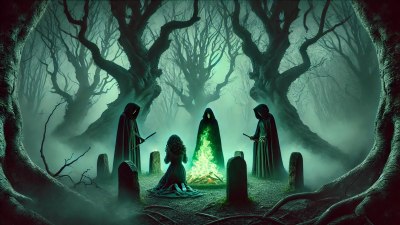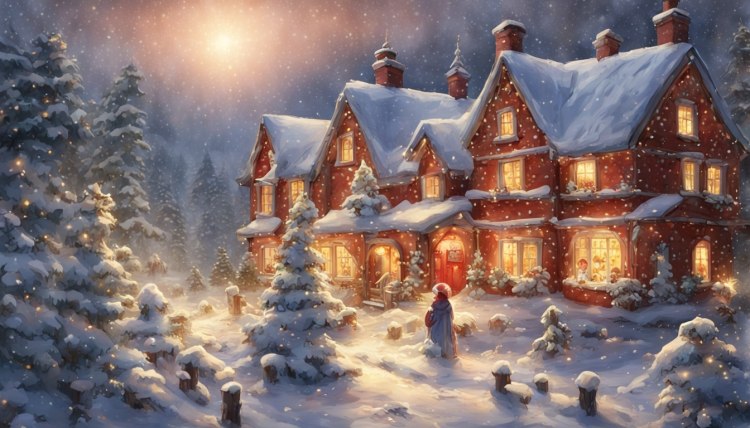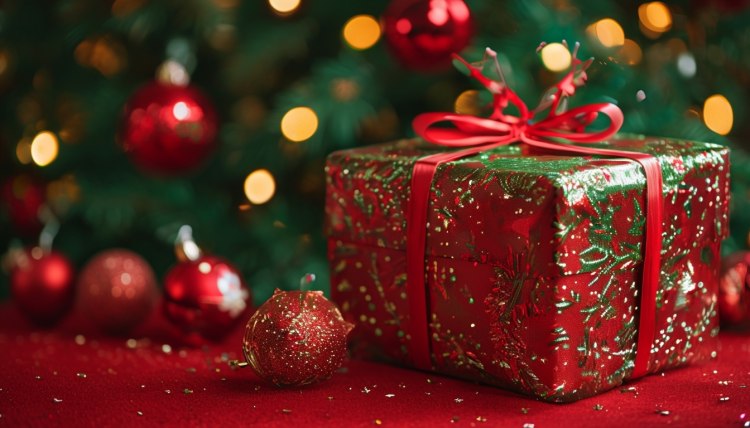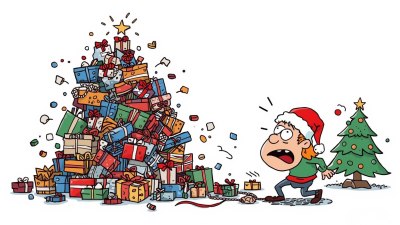Wheel of the Year: Celebrating the Seasons of Magic
Discover the Wheel of the Year and its eight magical festivals! Learn how to celebrate seasonal changes, connect with nature, and honor ancient traditions in modern ways

This image was created with the assistance of Playground AI
The Wheel of the Year is a cycle of seasonal festivals celebrated by many modern pagans, witches, and spiritual practitioners. Rooted in ancient traditions, these eight festivals mark the rhythm of nature, reflecting the ebb and flow of the Earth’s energy. Each celebration offers a chance to connect with the seasons, honor the changing cycles of life, and align with the magic of the natural world.
Whether you’re a seasoned practitioner or just curious about these sacred festivals, exploring the Wheel of the Year can bring a deeper sense of connection to the Earth and its timeless rhythms.
What Is the Wheel of the Year? 🔄🌟
The Wheel of the Year is a calendar of eight festivals, divided into four solar festivals (solstices and equinoxes) and four cross-quarter days (midpoints between the solar festivals). These celebrations are tied to agricultural cycles, the changing seasons, and the interplay of light and dark.
The Eight Festivals:
- Yule (Winter Solstice)
- Imbolc
- Ostara (Spring Equinox)
- Beltane
- Litha (Summer Solstice)
- Lughnasadh (Lammas)
- Mabon (Autumn Equinox)
- Samhain
1. Yule (Winter Solstice): The Return of the Light ❄️🕯️
Date: Around December 21
Yule marks the shortest day and longest night of the year, a time to celebrate the rebirth of the Sun as the days begin to grow longer. Ancient traditions included lighting fires and candles to welcome the returning light, a practice mirrored in modern winter holiday customs.
- Themes: Renewal, hope, and rebirth.
- Activities: Light candles, decorate a Yule tree, or reflect on intentions for the coming year.
2. Imbolc: A Time of Awakening 🕊️🌼
Date: February 1-2
Imbolc celebrates the first stirrings of spring as the Earth begins to awaken from winter’s slumber. Associated with Brigid, the Celtic goddess of fertility and inspiration, this festival is a time to honor creativity and renewal.
- Themes: Purification, inspiration, and preparation.
- Activities: Light white candles, clean your space, or start planning new projects.
3. Ostara (Spring Equinox): Balance and Renewal 🌸🌱
Date: Around March 21
Ostara celebrates the equinox, when day and night are equal in length, symbolizing balance and harmony. It’s a time to honor fertility, growth, and the blossoming of life.
- Themes: Growth, balance, and fertility.
- Activities: Plant seeds, decorate eggs (a symbol of fertility), or create an altar with fresh flowers.
4. Beltane: A Celebration of Life 🔥🌿
Date: May 1
Beltane is a fire festival celebrating fertility, passion, and the union of energies. It’s a joyful time to honor love, creativity, and the abundance of life as the Earth reaches its full bloom.
- Themes: Love, fertility, and celebration.
- Activities: Dance around a maypole, light a bonfire, or craft flower crowns.
5. Litha (Summer Solstice): The Height of Light ☀️🌻
Date: Around June 21
Litha marks the longest day of the year, a time of celebrating the peak of the Sun’s power. It’s a festival of abundance, joy, and gratitude for the warmth and light that sustain life.
- Themes: Abundance, vitality, and gratitude.
- Activities: Watch the sunrise, hold a picnic outdoors, or craft sun-themed decorations.
6. Lughnasadh (Lammas): First Harvest Festival 🌾🍞
Date: August 1
Lughnasadh honors the first harvest, a time to give thanks for the Earth’s bounty and prepare for the coming autumn. Named after the Celtic god Lugh, this festival is associated with skills, craftsmanship, and community.
- Themes: Gratitude, skill, and abundance.
- Activities: Bake bread, share a feast, or reflect on your achievements.
7. Mabon (Autumn Equinox): Gratitude and Balance 🍂🍇
Date: Around September 21
Mabon is the second harvest festival, celebrating the balance of light and dark as day and night are once again equal. It’s a time to express gratitude for the blessings of the year and prepare for the darker days ahead.
- Themes: Balance, gratitude, and reflection.
- Activities: Harvest seasonal fruits, decorate with autumn colors, or create a gratitude list.
8. Samhain: The Veil Between Worlds 🎃🕸️
Date: October 31 - November 1
Samhain is the final harvest festival and the beginning of the pagan new year. It’s a time to honor ancestors, reflect on the cycle of life and death, and embrace the thinning veil between the physical and spiritual worlds.
- Themes: Transition, remembrance, and introspection.
- Activities: Light candles for loved ones, perform divination, or hold a quiet ritual of reflection.
How to Celebrate the Wheel of the Year 🌙✨
You don’t need to follow every tradition perfectly—celebrate in a way that feels meaningful to you. Here are some ideas to honor the magic of the seasons:
- Create an Altar: Decorate it with seasonal symbols like flowers, leaves, or candles.
- Practice Seasonal Magic: Align your rituals with the themes of the festival (e.g., planting for Ostara or gratitude lists for Mabon).
- Connect with Nature: Spend time outdoors, observing the seasonal changes and connecting with the Earth’s energy.
- Meditate on the Cycles: Reflect on how the themes of each festival resonate with your life’s journey.
Final Thoughts: Embracing the Seasons of Magic 🌟🌿
The Wheel of the Year offers a beautiful framework for celebrating life’s cycles and connecting with the magic of the Earth. By honoring these sacred festivals, you can deepen your connection to nature, your spirituality, and yourself. Whether you go all out with elaborate rituals or simply light a candle and reflect, each celebration is a reminder of the ever-turning rhythm of life.
So, as the seasons change, let the Wheel guide you, and embrace the magic in every moment.





















